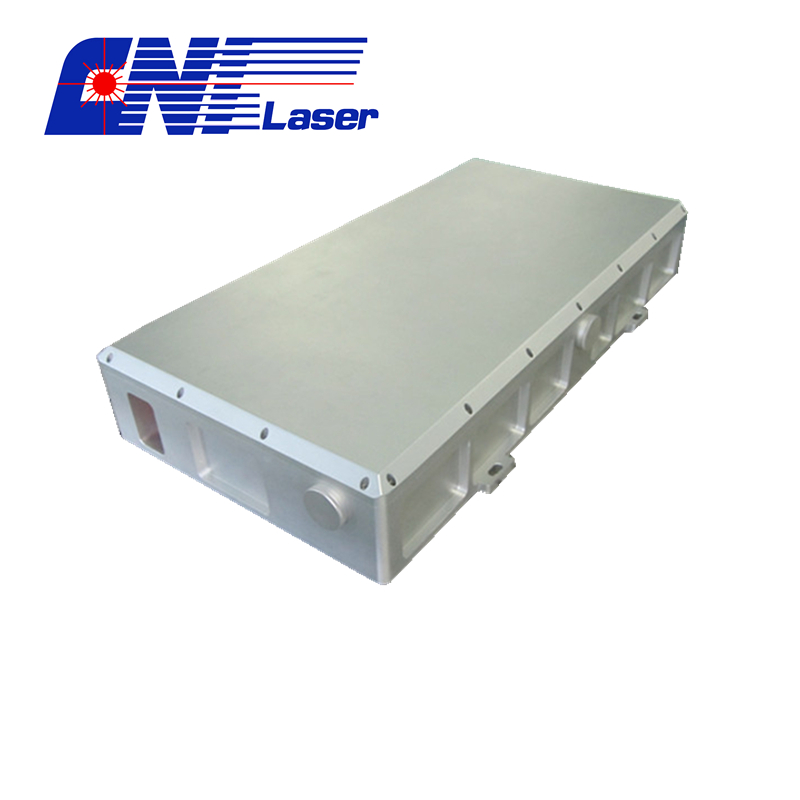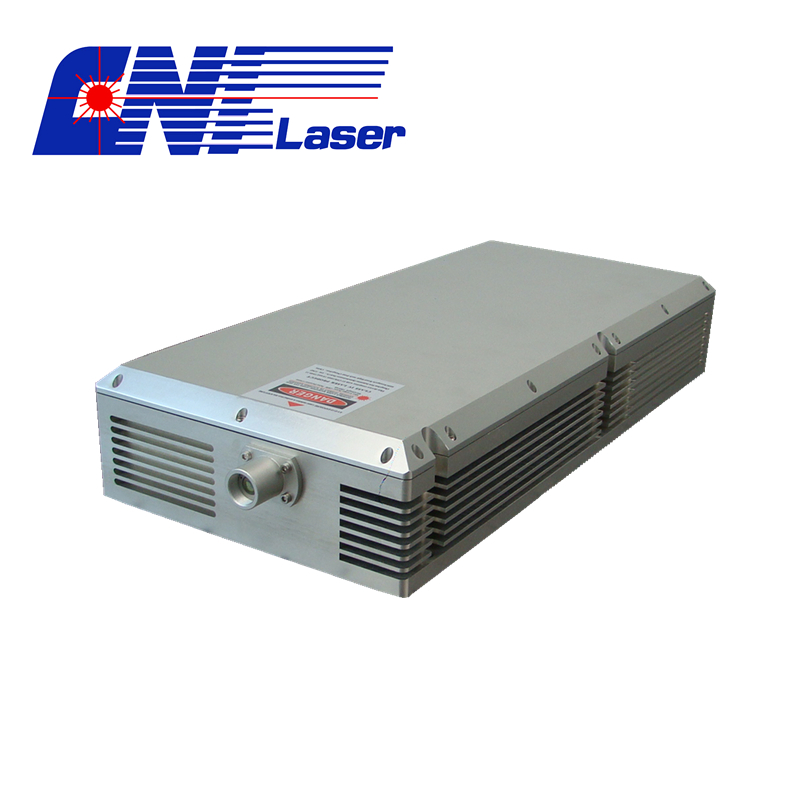Mode locked series lasers are features of superior beam quality, best reliability, and the pulsed duration of mode-locked and picosecond Pulsed Laser could be less than 20 ps. Housed in compact packages, they are the perfect choice for design in and integration into OEM instrumentation and systems and also for end user applications in research and development. They are widely used in raman spectroscopy marking, carving, material processing astronomy and scientific research optical instrument.
Mode Locked Femtosecond Laser,Mode Locked Laser,Mode Locked Fiber Laser,Mode Locked Picosecond Laser Changchun New Industries Optoelectronics Technology Co., Ltd. , https://www.cnioptics.com .
.

What you must know about bicycle warranties
**Understanding Bicycle Warranties: What You Need to Know**
When shopping for a high-value item like a bicycle, one of the first questions that often comes to mind is: *How important is the warranty? Are all warranties the same? What exactly does it cover?* These are valid concerns, especially since bicycle warranties can be more complex than those for home appliances or even cars. Understanding what your warranty includes—and what it doesn’t—can save you from headaches down the road.
A **warranty** is essentially a promise from the manufacturer to repair or replace a defective part free of charge if it fails due to a manufacturing or workmanship issue. However, these promises usually come with conditions and limitations. For manufacturers, warranties are not just about customer satisfaction—they’re also marketing tools designed to build brand loyalty and encourage repeat purchases. Studies show that a strong warranty can significantly influence purchasing decisions, especially for expensive items.
Bicycle warranties vary widely, and you’ll commonly see terms like **Lifetime Warranty**, **Limited Lifetime Warranty**, **Limited Warranty**, or **Limited Crash Damage Warranty**. Each of these has its own set of rules. For example, while a bike’s frame might have a lifetime warranty, components like the drivetrain, brakes, or wheels may only carry a two-year limited warranty from their respective manufacturers.
A **Lifetime Warranty** is often seen as the gold standard, but it’s not always as straightforward as it sounds. The term “lifetime†can mean different things depending on the manufacturer. It could refer to the original owner’s ownership period, the product’s expected lifespan, or even how long the company continues to produce the model. Always check the fine print to understand what “lifetime†really means in your specific case.
On the other end of the spectrum, a **Limited Warranty** typically covers only certain parts, types of defects, or time periods. Most importantly, it often excludes wear and tear, cosmetic damage, accidental damage, and improper use. Some warranties are also tied to the original owner, making them non-transferable. This can be a big issue if you're considering buying a used bike, as the new owner may lose out on coverage.
Some manufacturers offer **Crash Replacement Coverage**, which provides a discount on replacing damaged parts, particularly frames and wheels. While this isn't a full replacement, it can be very useful if you're prone to accidents. However, keep in mind that if the component is no longer in production, you might not get an exact replacement. In some cases, the manufacturer might offer an upgrade instead, so make sure the rest of your bike will still work with the new parts.
Your bike is made up of hundreds of parts, many of which are produced by third-party manufacturers. While most major brands offer lifetime warranties on frames, other components like shifters, brakes, and hubs often come with separate warranties from their makers. For example, Shimano, SRAM, and Campagnolo each have their own warranty policies, and even batteries and motors can have different terms.
Here’s a quick overview of some common component warranties:
| Brand | Warranty | Crash Replacement |
|------------------|------------------|-------------------|
| Shimano DuraAce | 3 years | No |
| Shimano | 2 years | No |
| SRAM/Zipp/RockShox | 2 years | No |
| Campagnolo | 3 years | No |
| Fox | 1 year | No |
| Mavic | Lifetime/2 years | Yes |
| Reynolds | Lifetime/2 years | Yes |
| Enve | 5 years | Yes |
| Garmin | 1 year | No |
| Manitou | Lifetime/2 years | Yes |
| Hayes | Lifetime/2 years | Yes |
| DT Swiss | 2 years | No |
Most manufacturer warranties are tied to the original owner, which can affect the resale value of a used bike. However, some brands are starting to offer more flexibility, allowing second owners to receive a reduced warranty period.
When it comes to repairs, remember that **warranties are issued by the manufacturer**, not the shop where you bought the bike. While local shops can assist with claims, they cannot authorize warranty work. If you bring in a bike with a faulty part, the shop will evaluate the issue and submit a claim to the manufacturer. It’s best to go to a shop that carries your brand or the one where you originally purchased the bike.
If you bought your bike directly from a brand, you won’t be able to take it to a local shop. Instead, you’ll need to contact the manufacturer’s warranty department. Some brands will send replacement parts directly, while others may require you to ship the bike back for repairs.
Warranty exclusions are often clearly listed, and you should start there if you’re unsure. Common exclusions include modifications, poor maintenance, abuse, and accidents. Even simple neglect, like not lubricating your chain or not maintaining your suspension, can void your warranty. Regular maintenance is key to keeping your warranty valid.
In addition to regular upkeep, it's important to be aware of **recall notices**. If a defect is discovered, the manufacturer will issue a recall. Ignoring a recall can void your warranty, so it's essential to act quickly.
If you plan to keep your bike beyond the warranty period, consider an **extended warranty**. These plans can provide additional peace of mind, covering wear and tear on parts like the drivetrain, brakes, and bearings.
Finally, don’t confuse a warranty with **insurance**. A warranty only covers defects in materials or craftsmanship, not accidents or theft. That’s where specialized bicycle insurance, like Velosurance, can come into play. It covers a wide range of risks, including crashes, theft, and even liability, and can be customized to suit your needs.
Whether you're a casual rider or a serious cyclist, understanding your bike’s warranty is essential. Take the time to read the fine print, ask questions, and maintain your bike properly. Doing so will help ensure that your investment is protected for years to come.